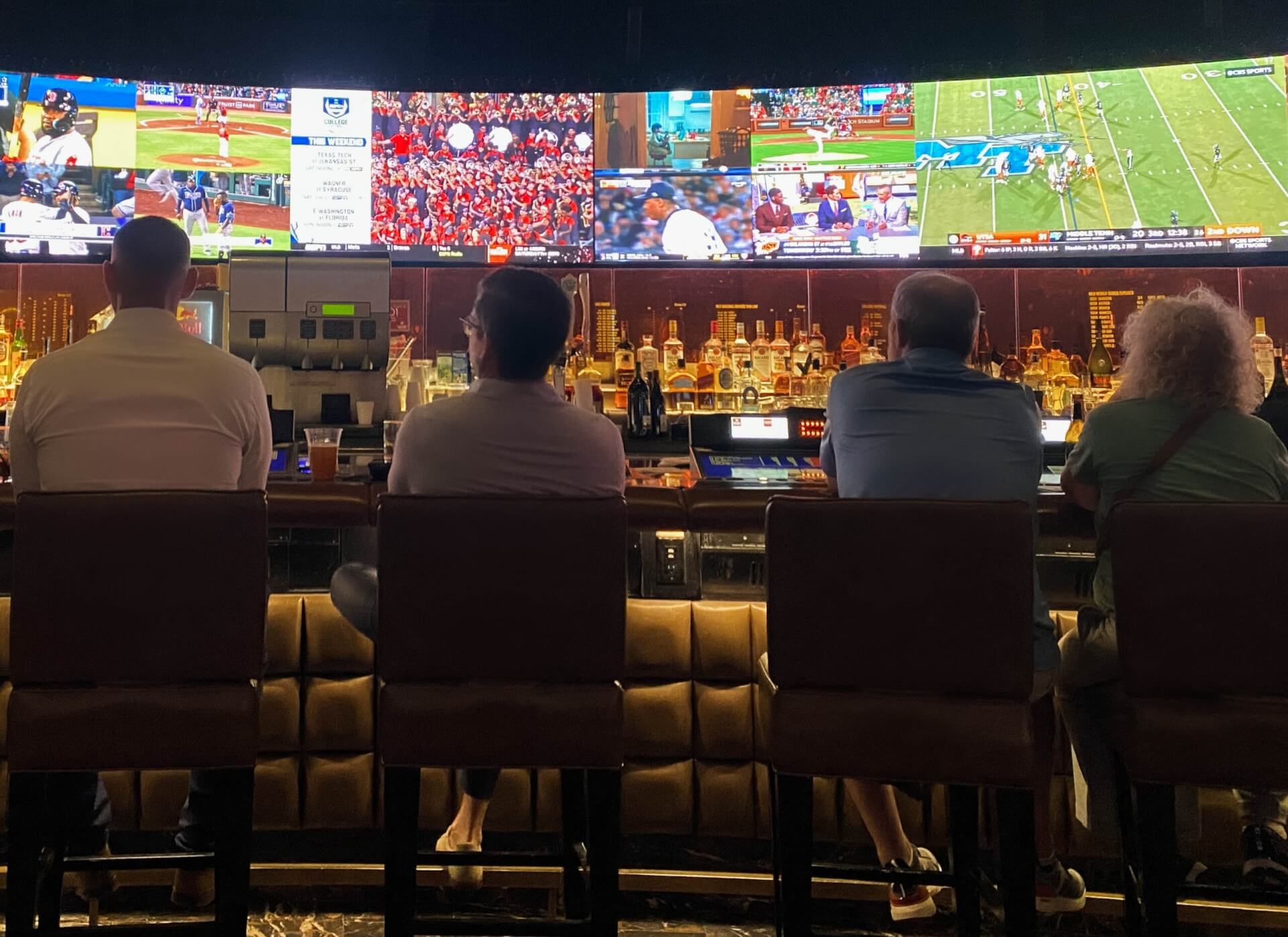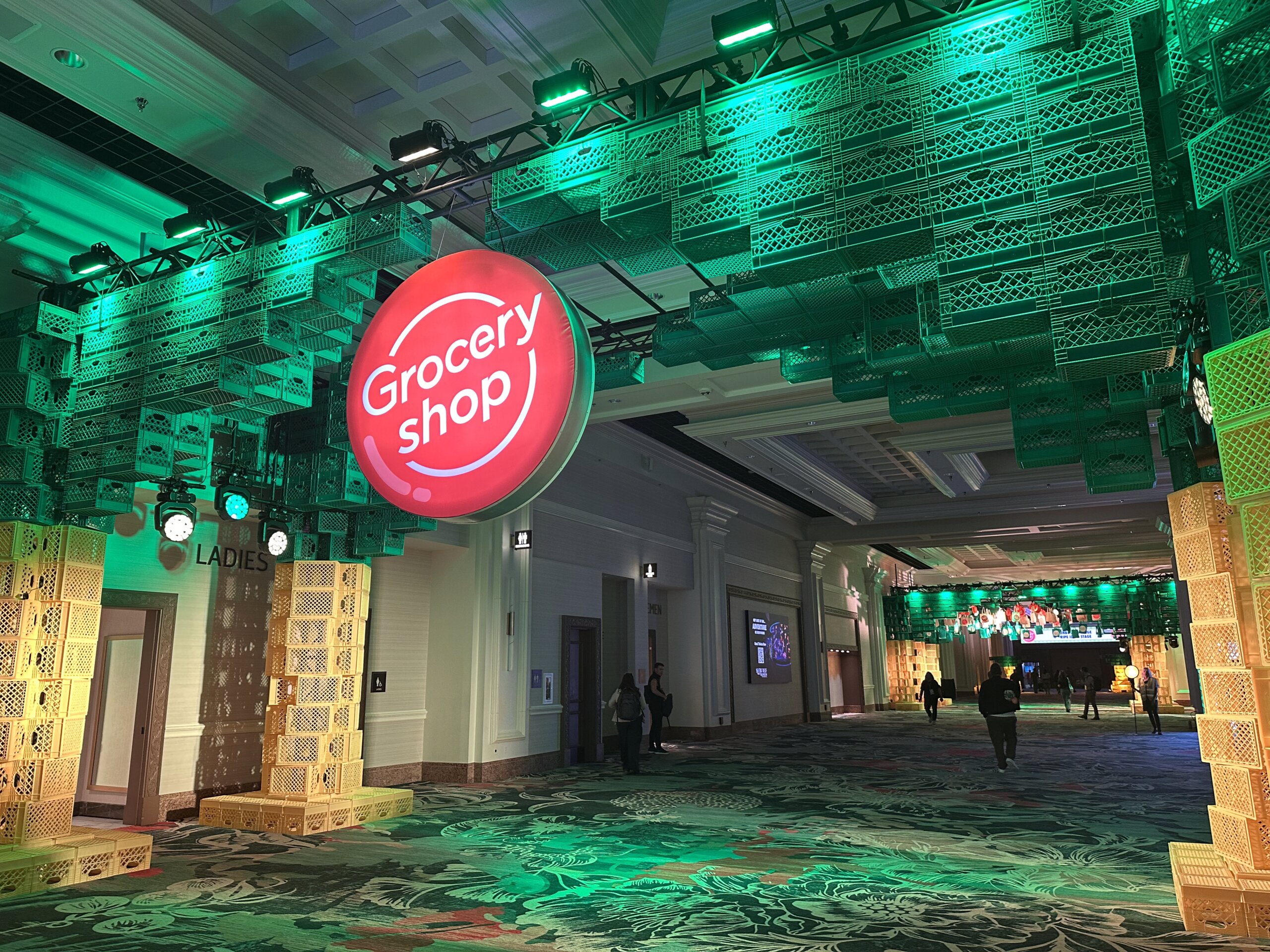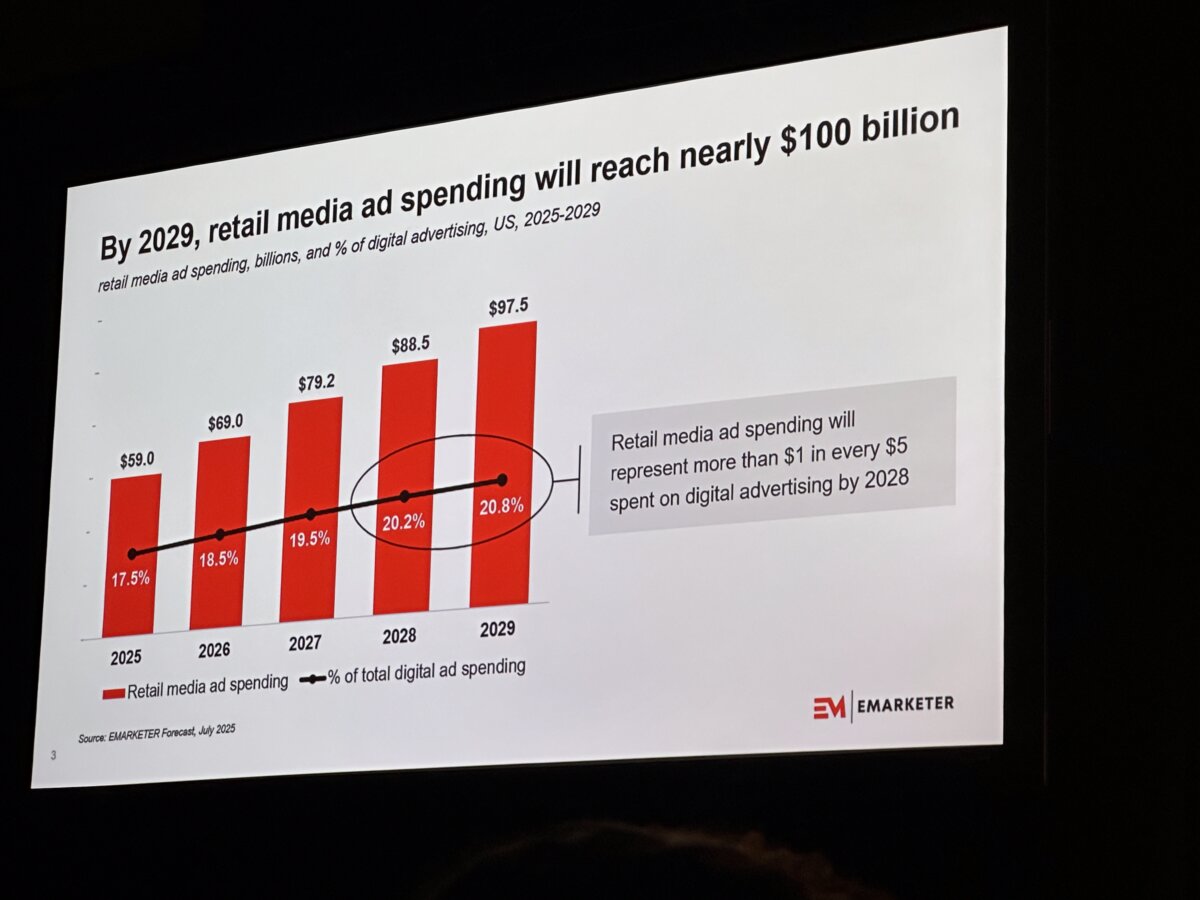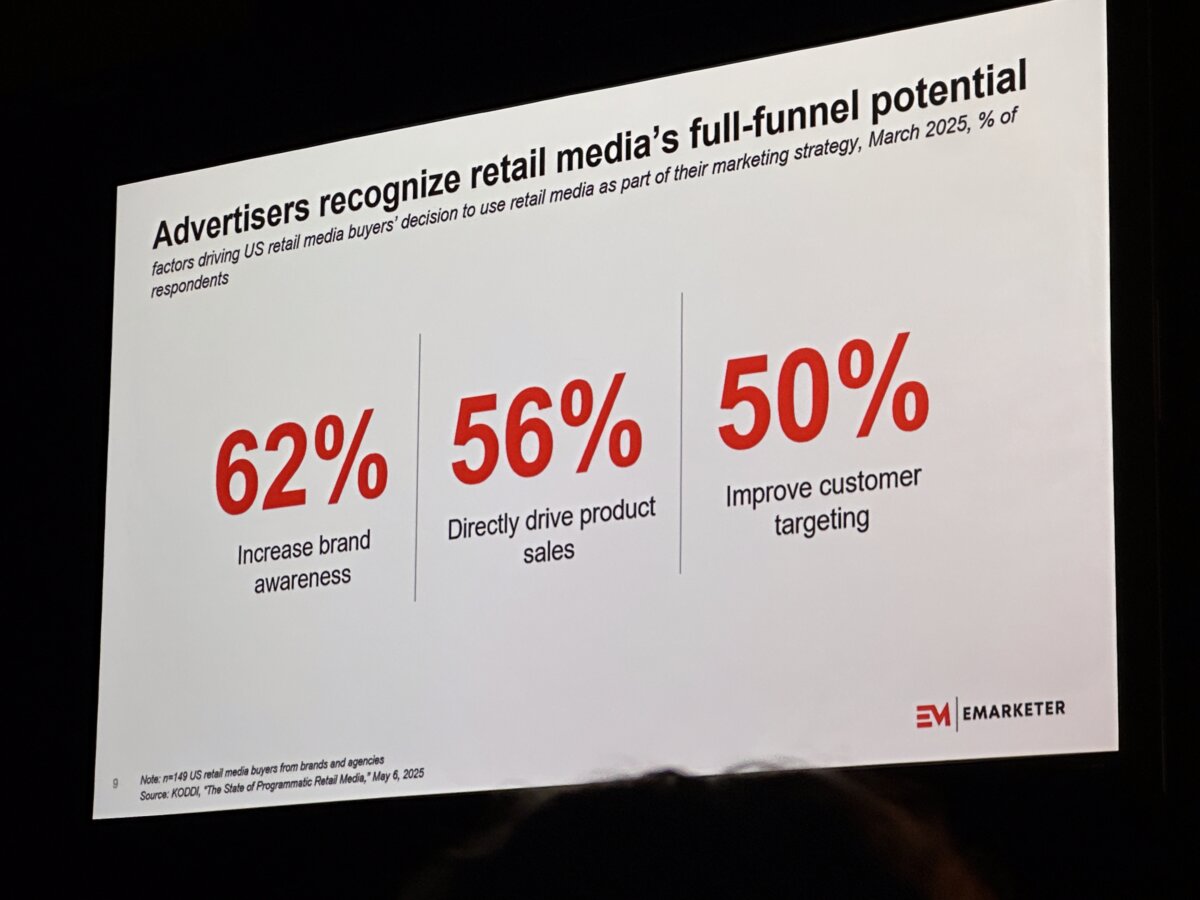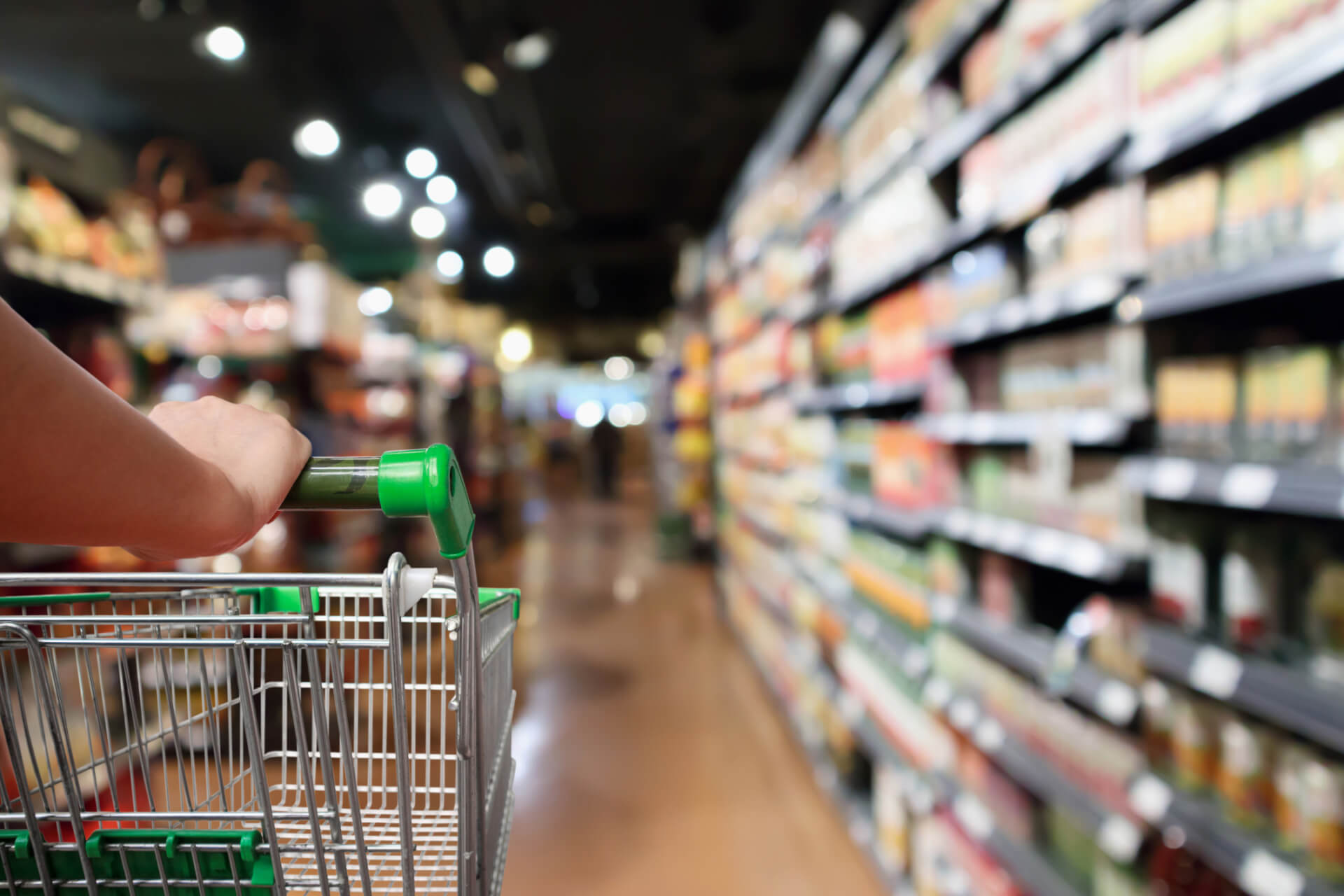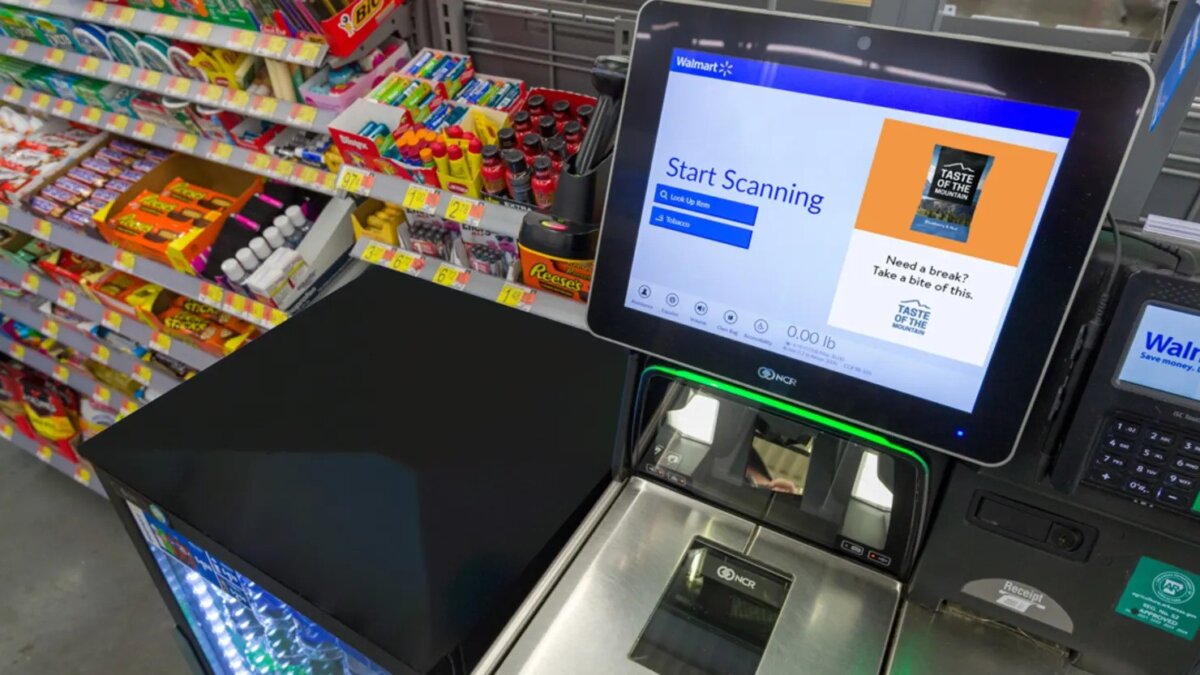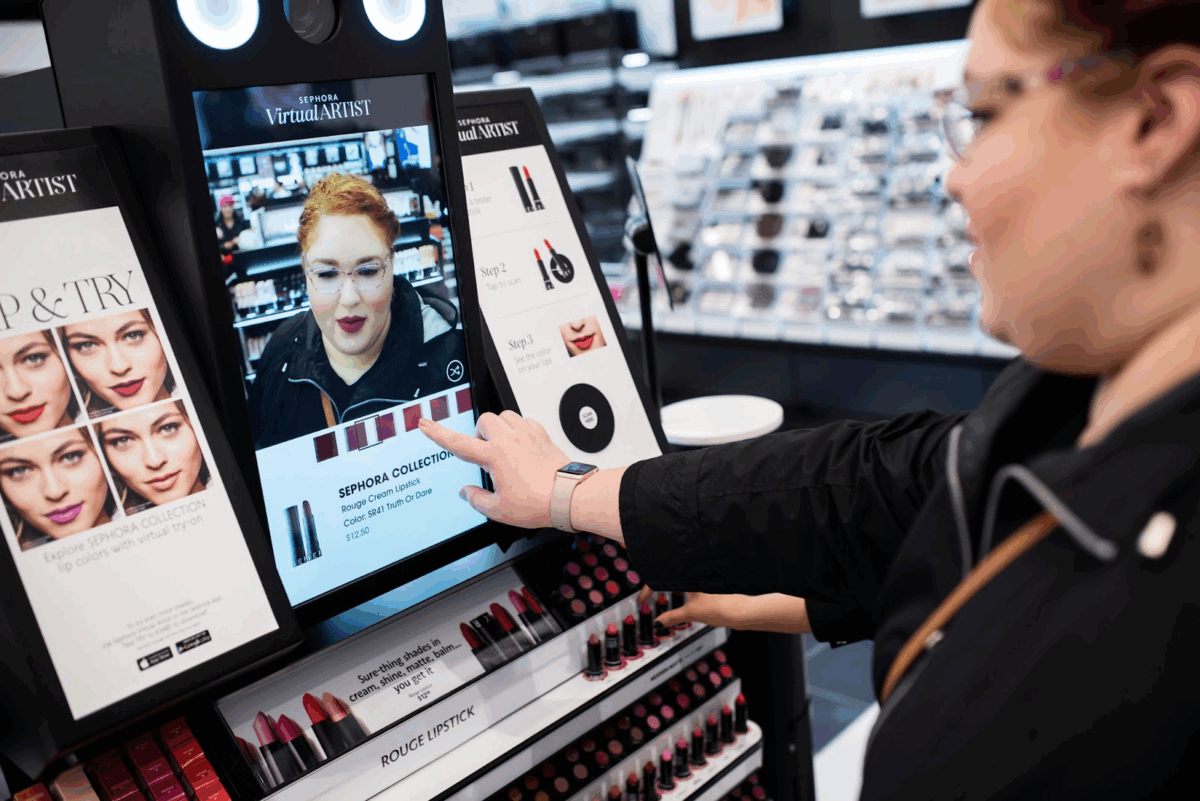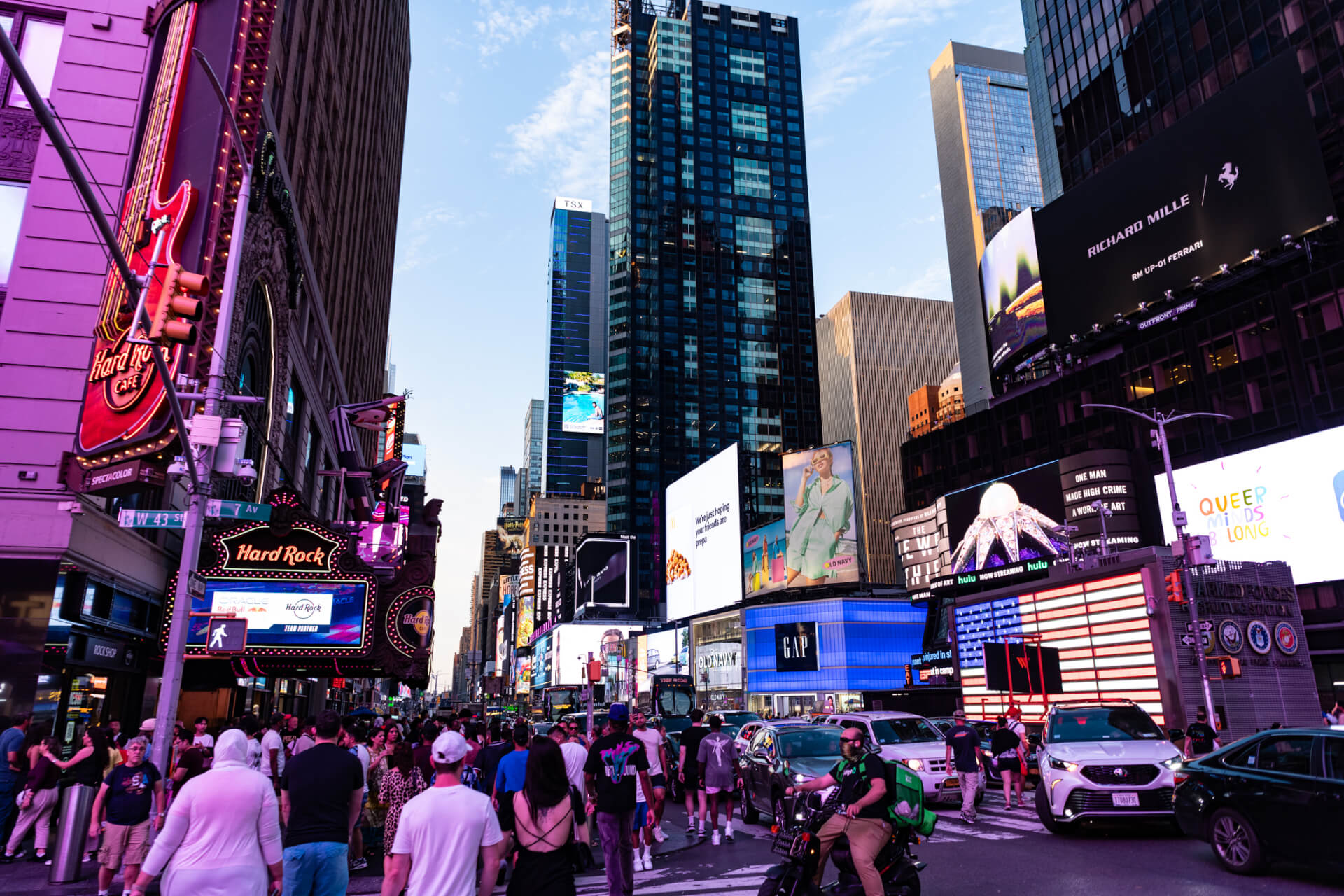| October 11, 2021
A Sure Bet: Maximizing your sports betting marketing strategy with out-of-home advertising
In the world of sports betting, scoring an advertising touchdown has never been more crucial. With the legalization of sports betting in over 34 U.S. states as of 2023 and revenue projections soaring into the billions, the industry is experiencing a massive surge with no signs of slowing down as more legislation gives it the green light. Last year, sports betting experienced the highest growth of all commercial gaming segments, with revenue up 75% to 7.5B year over year. Today, over 50 sportsbooks like Caesars, FanDuel, DraftKings and more are operating legally across the country, marking fierce competition for capturing the attention (and wallets) of sports and gaming enthusiasts.
As the industry continues to grow, so will the need for brands and advertisers to scale their marketing strategies to make a splash among competing brands. If you’re gearing up to tackle your sports betting media strategy, especially ahead of the 2024 Big Game, out-of-home advertising offers a unique set of advantages that can significantly impact the success of your campaigns.
The power play of OOH advertising for sports betting
Some 30-second TV ads played during the 2023 Big Game sold for a whopping $7 million, up $500,000 from 2022 – and that number is expected to climb even further this year. One of the most-viewed and talked about sports betting ads was FanDuel’s Kick of Destiny, featuring tight end Rob Gronkowski, marking the sportsbook’s first-ever Big Game commercial. While FanDuel’s multimillion-dollar ad was definitely buzz-worthy, there are other channels sports betting advertisers can turn to to maximize their reach and budgets for major sporting events and beyond – like OOH. In fact, sports betting companies DraftKings and FanDuel were among the top 100 out-of-home spenders in Q3 last year.
Following last year’s major American football event, the OAAA and Geopath sought to calculate what nearly $7 million could buy in the OOH space. Their research revealed that by investing $6.5 million in a Big Game ad, a brand could utilize OOH advertising to secure exposure in the top 50 U.S. markets. This would result in over 1 billion impressions, with an average reach of 84 percent and a frequency of 9.5 in 27 markets – all at an impressively low cost per thousand impressions (CPM) of $5.40. It’s a remarkable return on investment.
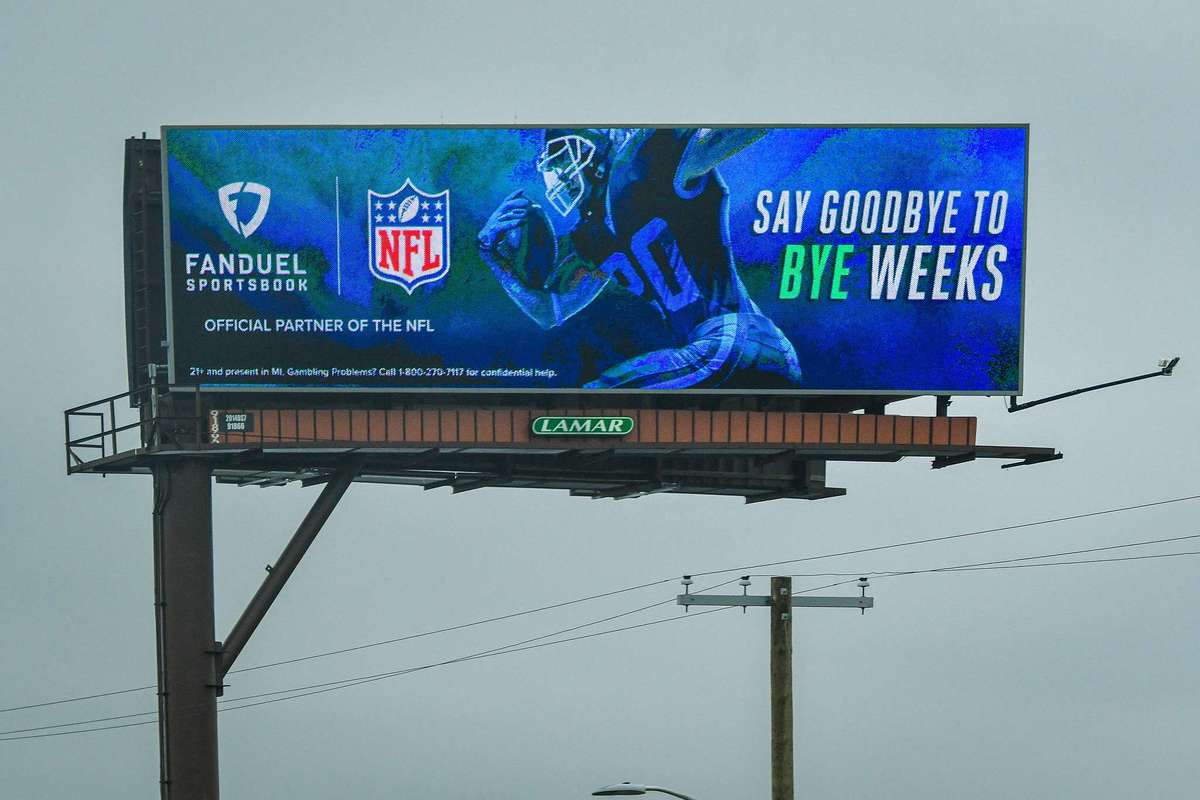
Drive awareness for betting and gaming platforms with attention-grabbing billboards
When it comes to driving awareness for sports betting platforms, both new and well-established, OOH is the real MVP. According to OAAA and Harris Poll Rese data, 54% of U.S. adults in cities of 1M+ have noticed OOH ads for sports betting and gambling. Additionally, 62% of Americans who saw OOH ads for sports betting engaged in some way, like sharing information word-of-mouth and visiting websites. So, what makes the medium so effective in boosting awareness and interest in sports betting and gaming companies?
For one, OOH allows advertisers to broaden campaign reach in high-visibility locations while being as contextual as possible. For sports betting, this means reaching a relevant audience in areas like sports bars, stadiums, transit hubs, and other sports-related venues where enthusiasts gather. Placing ads at multiple touch points along the consumer journey ensures target audiences can engage with a brand as they move along their day, from commuting to work to grabbing a drink in a resto-bar with friends.
Additionally, activating ads in the physical world allows sports betting and gaming platforms to enable hyper-localized content, tailoring messaging to capitalize on local events, trends, or preferences. For example, a sports betting platform could activate local DOOH ads in the weeks leading up to a highly-anticipated football game to engage potential betters in the host city. Placing ads across billboards, transit and urban panels, sports bars, and more locations near the stadium can be a key way to reach a fervent fan base in that area.
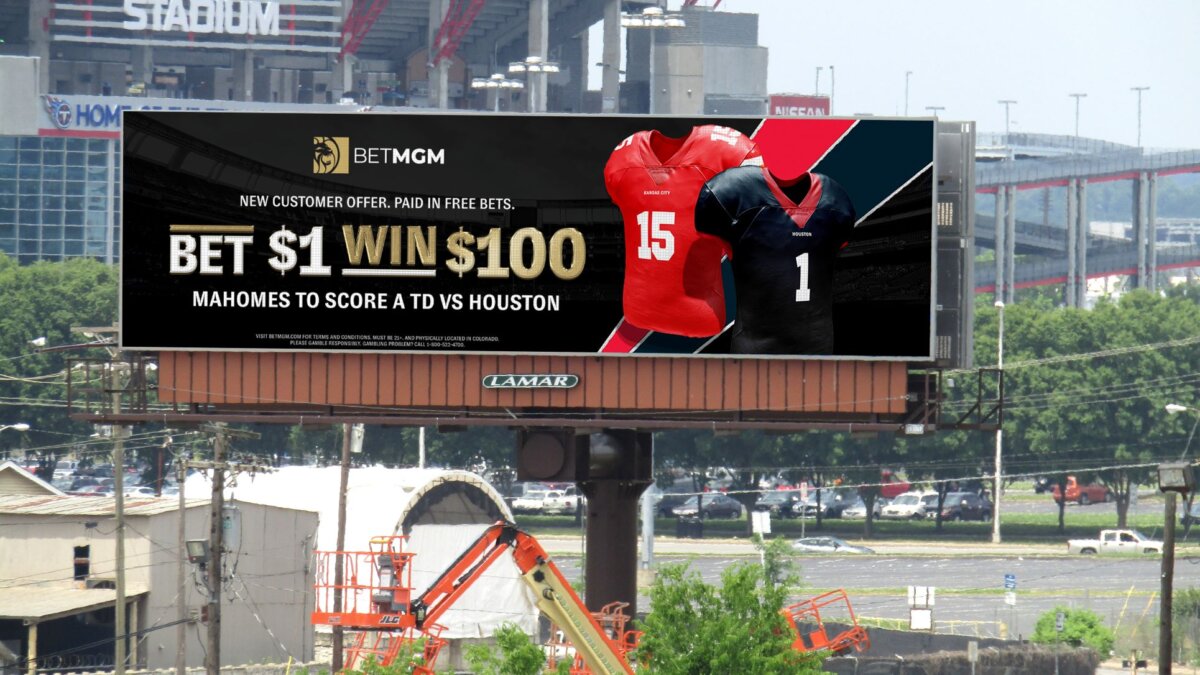
Increase player bets and engagement with contextual content
OOH ads often feature eye-catching and dynamic content that captures attention and encourages viewers to take action, especially when the content is interactive and provides a contextual experience. When DOOH ads are activated programmatically, sports betting and gaming advertisers can give real-time updates on site promotions, live odds, game results, and more – quickly updating creatives based on specific triggers.
Advertisers can even optimize campaigns by switching messaging or pausing ads based on dayparting, like running ads when people are more likely to place a bet (Football Sunday, anyone?) This dynamic content keeps audiences engaged and informed, creating a sense of urgency to place bets. As new markets and states legalize the practice, attention-grabbing ads can quickly be activated to generate awareness and encourage action. Another popular approach is to display different ads based on the outcome of a game, switching campaign messaging based on goals and live game updates.
There are all sorts of interactive venue types advertisers can leverage to promote sports betting platforms. For example, activating ads on touch screens in sports bars and pubs allows patrons to place bets or access odds while watching games. Hosting live betting contests on in-house screens during halftime or commercial breaks keeps bargoers engaged in a contextual setting while increasing their chances of placing bets. Other interactive placements like kiosks and transit displays allow users to explore betting options, access tutorials, or place bets right at the location.
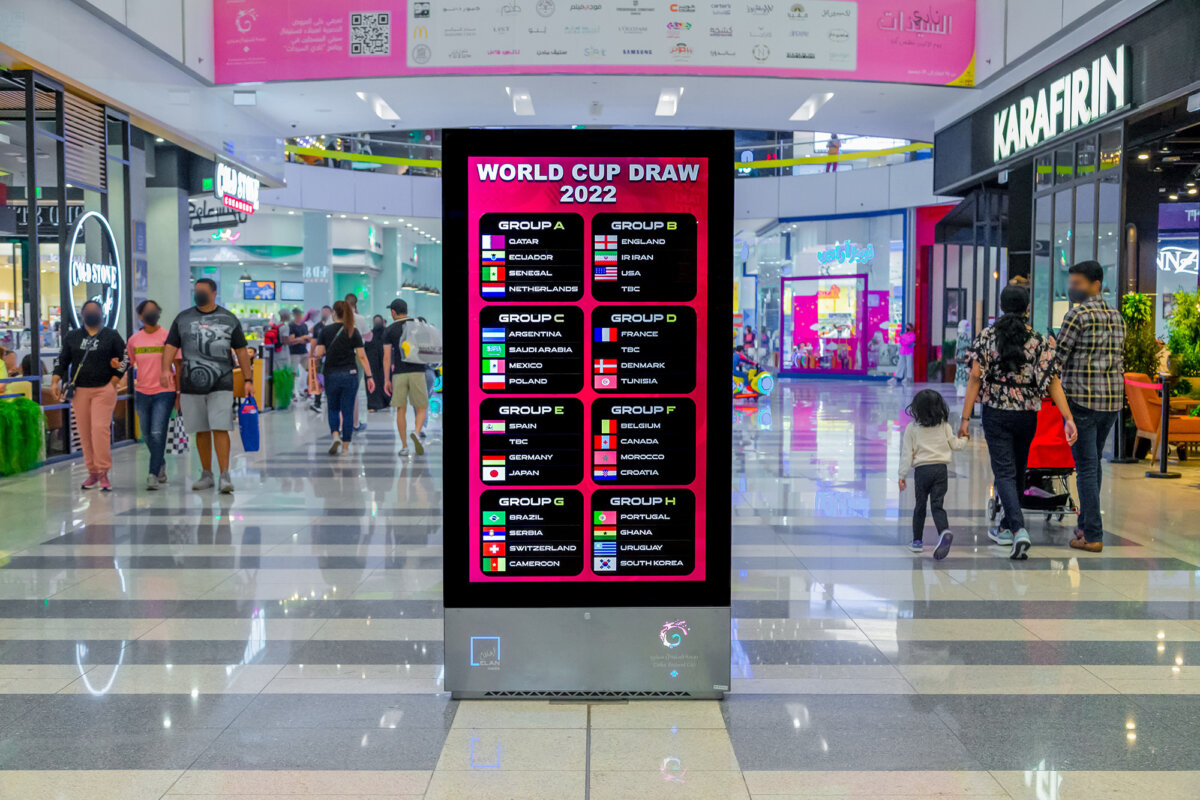
Complement small screens through omnichannel executions
While OOH advertising is impactful and effective on its own, integrating the medium into a broader omnichannel strategy can ensure your brand stands out across both digital and offline channels. Interactive DOOH ads create a fun and engaging experience for the audience. They can also be instrumental in connecting physical advertising efforts with the digital realm, providing a seamless and holistic brand experience.
Aside from making your brand more visible to a wider audience, OOH sports betting executions also trigger online engagement. According to the OAAA, 47% of U.S. consumers who saw OOH ads for sports betting visited a website following ad exposure. Incorporating mobile integration into your OOH strategy with QR codes on ad creatives can lead users to mobile apps or betting sites for further engagement, encouraging audiences to place bets or access exclusive rewards and offers.
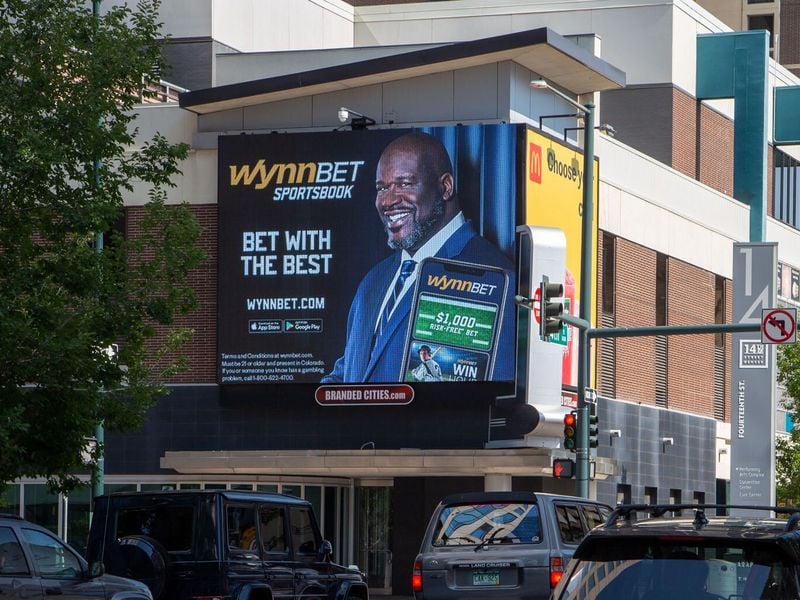
Sports betting advertisers can also create a continued content experience from physical to online screens by retargeting audiences exposed to OOH ads on their mobile devices or other digital channels. Through device ID passback, audiences exposed to DOOH ads in a geofenced area can be retargeted via mobile and digital ads, increasing brand touchpoints throughout their journey. For example, a sports betting company can initiate a cross-channel retargeting campaign, collecting device IDs of OOH ad viewers and later serving personalized ads on their mobile devices, social media, and other digital channels. This data-driven strategy provides valuable user behaviour and preferences insights, enabling data-driven decision-making in future campaigns.
When it comes to sports betting advertising, it’s not just about visibility; it’s about engaging with your audience where they live and breathe sports. As the gaming and betting industry grows, so does the potential to reach audiences in new markets. And with the Big Game fast approaching, there’s never been a better time to drive awareness and action with OOH advertising that scores big.
Want to build an impactful sports betting OOH campaign?
Explore our curated audiences, inventory, and contextual locations in our Sports Betting Package!
